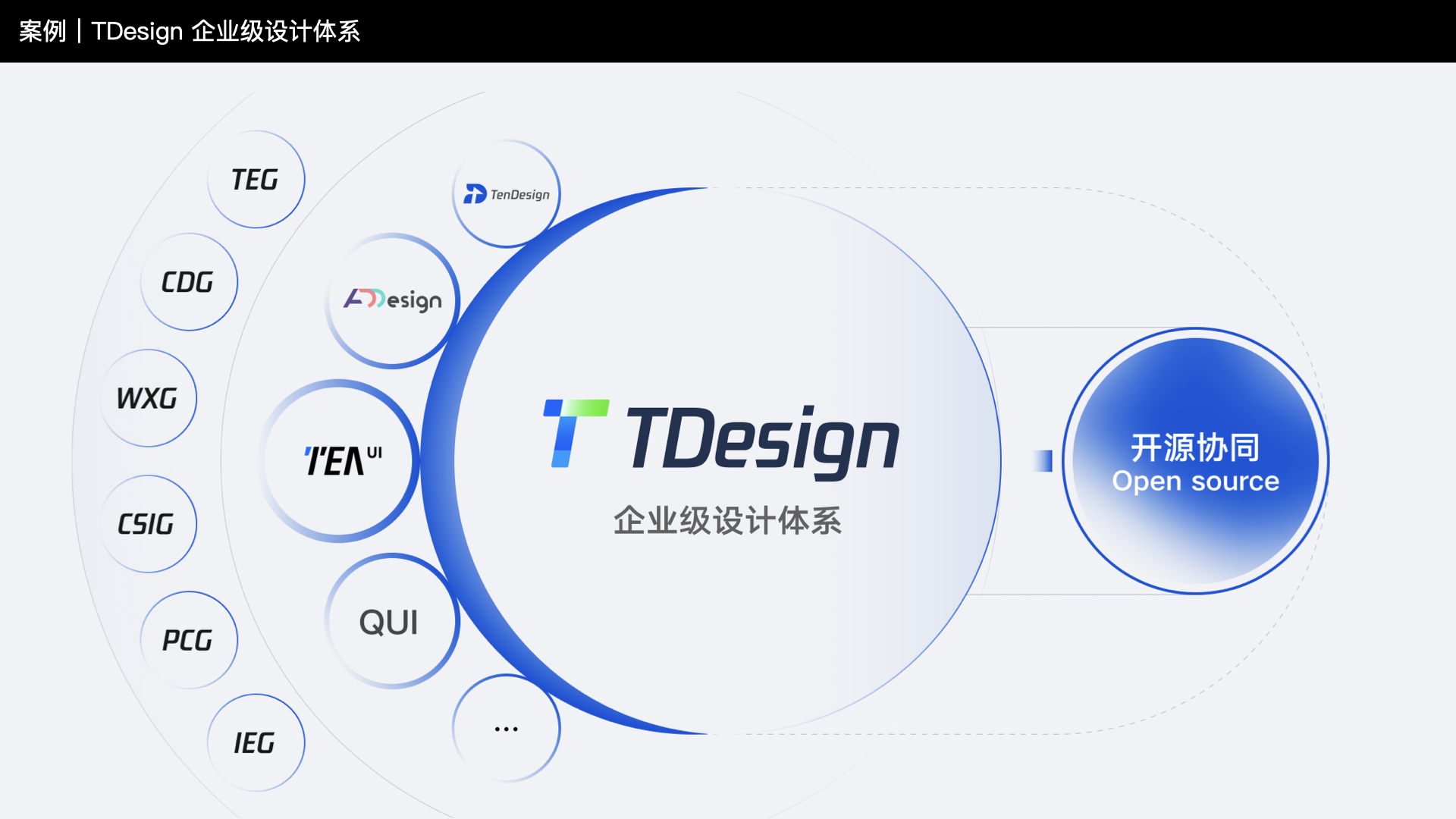-
 Qin Xi
Tencent CDC
Senior Interaction Designer
Qin Xi
Tencent CDC
Senior Interaction Designer
Master of Fine Arts from Beijing University of Posts and Telecommunications, engaged in interaction design for nearly 10 years. I have served successively as the interaction designer of China Mobile Research Institute and Alibaba Group, and the lecturer of Interaction design in Changjiang College of Art and Design, Shantou University. I am now working at Tencent CDC as a senior interaction designer.
Design concept: Interaction design is the design of human behavior. Design scheme is a new man-machine language, through which people and computers can exchange and communicate comfortable and effective information.
Internet Enterprise Design System Construction Method
The design system is both a way to enhance the overall product experience and a vehicle for building team and brand values. As a large Internet company, Tencent has incubated products and services of numerous businesses, and accumulated a lot of knowledge related to construction and design system. December 2021 *TDesign open source, also put systematic methodology into practice. Many teams, over the years of accumulation to each enterprise or group has a certain role of inspiration.
Through this workshop, participants can comprehensively understand the knowledge of the design system and its construction process, and master the thinking and methods of establishing design norms and optimizing the overall product experience based on specific case analysis and practical experience, so that designers can gain the ability to control the overall design, enhance the collaborative efficiency of design and improve their competitiveness in the future workplace.
Specific topics to be learned in the workshop include:
1. Overview and development history of the design system
1.1 Concept and components of the design system
1.2 Development and evolution stages of the design system
2. Thinking about company-level design system
2.1 Why design system is needed: the needs of business development, the dilemma of designers, and the way to improve experience
2.2 What kind of design system is needed: Different demands of large, small and medium-sized companies on design system
2.3 Value and function of the design system
3. Design system construction process and practical cases
3.1 Establishment of values: principles and core of the design system
3.2 Construction of the overall framework: design language, design resources and design component library
3.3 Determination of component types: universality and effectiveness
3.4 From Content to Service: Design guidelines and industry component templates
4. Sustainable development of the design system
4.1 Contributor collaboration: multi-designer collaboration
4.2 Upstream and downstream collaboration: demand-design-development collaboration
4.3 Iteration and Update
* Note:
· TDesign is a product research and development solution officially produced by Tencent. It is a set of enterprise design system accumulated by Tencent's various business teams in the process of service business, which brings together Tencent's many excellent component library capabilities and design and research experience. TDesign provides an out-of-the-box UI component library, design guidelines, and related design assets to free design and development from rework in an elegant and efficient way, while making it easy for people to extend on the basis of TDesign to better meet business needs.
1. Introduction of the workshop: Brief introduction of the content
2. Theoretical explanation: Overview of the design system, thinking concepts and methods for building the design system, cooperation difficulties and solutions
3. Case analysis: Taking TDesign as an example, combined with its incubation and operation process, explain how to build a design system in practice.
4. Practical interaction: Provide practical topics and complete the construction and application of the design system in groups
5. Open questions and answers: Free communication in the Q&A session
6. Summary and review
1. Preliminary/Intermediate experience Designer, interaction Designer, full link Designer
2. Product Manager/product designer in medium/large enterprises
3. People who want to understand the design system and how to use it
1. Help designers standardize design output, improve design output efficiency, and gain more time to create design value.
2. Let non-design staff in the team establish a unified cognition of the design system and better understand the idea of experience improvement.
3. Help enterprises in need of design system to produce their own design specifications.
-
 TDesign enterprise design system
TDesign enterprise design system
-
 TDesign common component library
TDesign common component library
-
 TDesign's design resources and AIDS
TDesign's design resources and AIDS
-
 TDesign components and design guidelines for high frequency tasks
TDesign components and design guidelines for high frequency tasks








